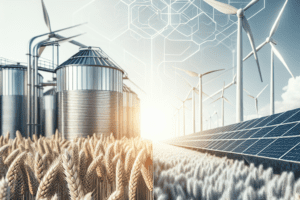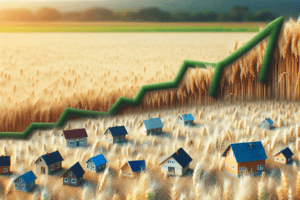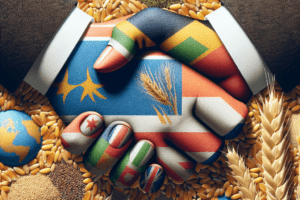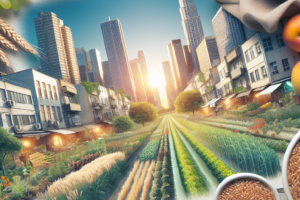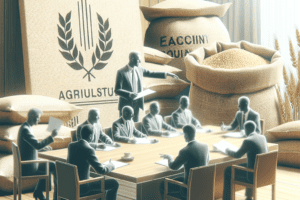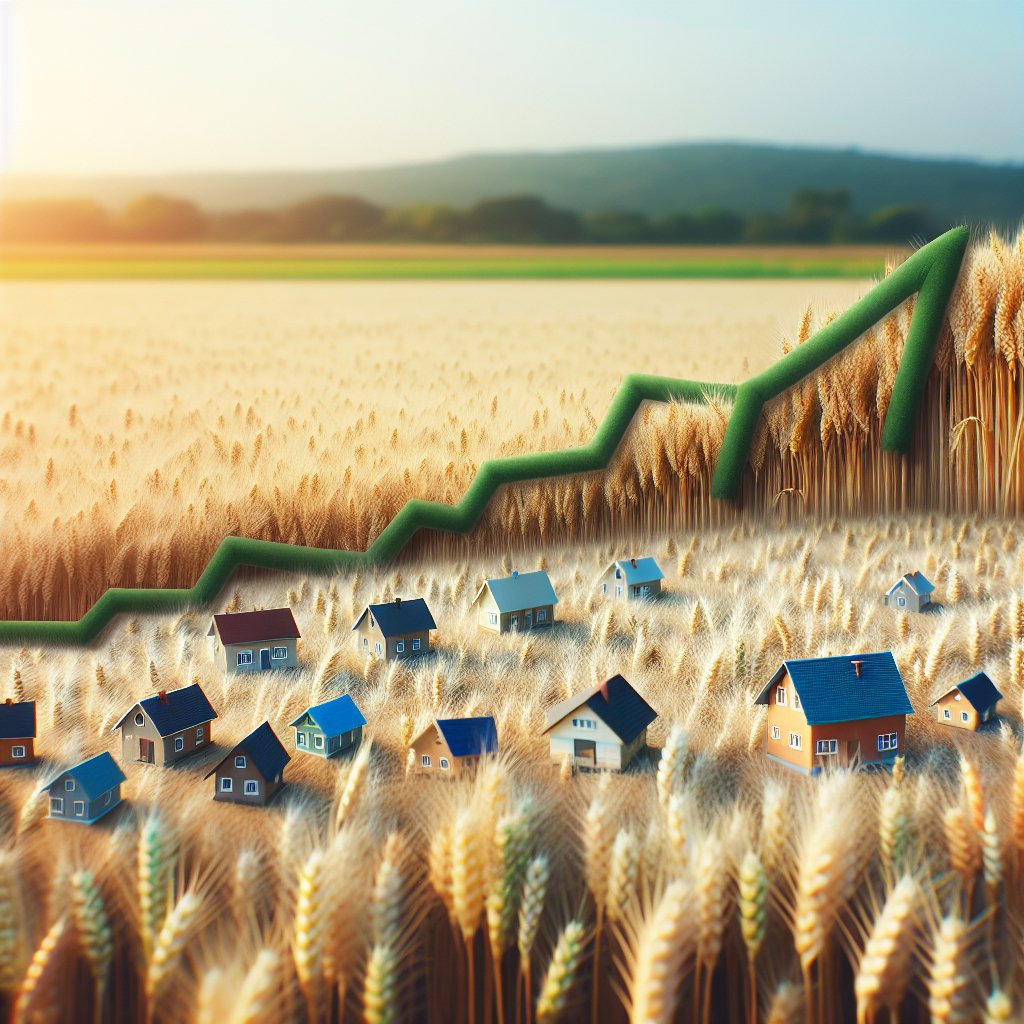The importance of rice in the global grain market cannot be overstated, as it serves as a staple food for more than half of the world’s population. This versatile grain is not only a primary source of calories but also plays a crucial role in the economies of many countries. Understanding the dynamics of rice production, trade, and consumption is essential for grasping its significance in the global agricultural landscape. This article will explore the various aspects of rice, including its cultivation, economic impact, and the challenges it faces in the modern world.
Rice Cultivation: A Global Perspective
Rice is cultivated in diverse environments, ranging from the flooded fields of Southeast Asia to the dry uplands of Africa and Latin America. The adaptability of rice to different climatic conditions and soil types has made it a vital crop in many regions. The two primary species of rice are Oryza sativa, which is predominantly grown in Asia, and Oryza glaberrima, primarily cultivated in Africa. Each species has its unique characteristics and cultivation requirements.
Geographical Distribution
Asia is the largest producer of rice, accounting for approximately 90% of global production. Countries like China, India, Indonesia, and Bangladesh are among the top producers, with vast areas dedicated to rice cultivation. In contrast, Africa and the Americas contribute a smaller share to global rice production, but their importance is growing as they seek to enhance food security and diversify agricultural outputs.
- China: The largest producer, with advanced agricultural techniques and high-yield varieties.
- India: Known for its diverse rice varieties and significant export market.
- Indonesia: A major consumer and producer, focusing on self-sufficiency.
- Bangladesh: Reliant on rice for food security, with efforts to increase production.
Cultivation Techniques
Rice cultivation involves several techniques, including transplanting seedlings, direct seeding, and the System of Rice Intensification (SRI). Each method has its advantages and challenges, depending on local conditions and resources. Traditional methods often rely on manual labor, while modern practices incorporate mechanization and advanced irrigation systems to improve efficiency and yield.
In recent years, there has been a significant push towards sustainable rice farming practices. These include integrated pest management, organic farming, and water-saving technologies. Such practices not only enhance productivity but also mitigate the environmental impact of rice cultivation, addressing concerns related to water usage and soil degradation.
The Economic Impact of Rice
Rice is not just a food source; it is also a critical economic commodity. The rice market influences the livelihoods of millions of farmers and workers involved in its production, processing, and distribution. The economic significance of rice can be analyzed through various lenses, including trade, employment, and its role in food security.
Trade Dynamics
The global rice trade is characterized by a complex web of exports and imports, with countries engaging in trade to meet domestic demand and stabilize prices. Major rice-exporting countries include India, Thailand, Vietnam, and Pakistan, while countries like China, the Philippines, and Nigeria are significant importers. The trade dynamics are influenced by factors such as government policies, international agreements, and market demand.
- India: The largest rice exporter, benefiting from competitive pricing and diverse varieties.
- Thailand: Known for its high-quality jasmine rice, a favorite in international markets.
- Vietnam: A key player in the Asian rice trade, focusing on both quality and quantity.
- Pakistan: Increasing its presence in the global market with Basmati rice.
Employment and Livelihoods
Rice farming provides employment to millions of people, particularly in rural areas where alternative job opportunities may be limited. The entire rice value chain, from cultivation to processing and distribution, creates jobs and supports local economies. Women, in particular, play a significant role in rice production, often managing household farms and contributing to family income.
However, the economic benefits of rice cultivation are not evenly distributed. Smallholder farmers often face challenges such as limited access to credit, technology, and markets. Addressing these disparities is crucial for enhancing the livelihoods of those who depend on rice farming.
Challenges Facing the Rice Industry
Despite its importance, the rice industry faces several challenges that threaten its sustainability and productivity. These challenges include climate change, water scarcity, pest and disease pressures, and market volatility. Understanding these issues is essential for developing strategies to ensure the future of rice as a global staple.
Climate Change and Environmental Concerns
Climate change poses a significant threat to rice production, with rising temperatures, changing precipitation patterns, and increased frequency of extreme weather events impacting yields. Flooding and drought can devastate rice crops, leading to food shortages and economic losses. Additionally, the rice industry is a significant contributor to greenhouse gas emissions, particularly methane, which is released during the anaerobic decomposition of organic matter in flooded fields.
To combat these challenges, researchers and farmers are exploring climate-resilient rice varieties and sustainable farming practices. These innovations aim to reduce the environmental impact of rice cultivation while maintaining productivity and food security.
Market Volatility and Economic Pressures
The rice market is subject to fluctuations in prices due to various factors, including supply and demand dynamics, trade policies, and global economic conditions. Price volatility can have severe consequences for both producers and consumers, particularly in developing countries where rice is a staple food. Farmers may struggle to cover production costs during periods of low prices, while consumers may face increased food insecurity when prices rise.
To mitigate these risks, stakeholders in the rice industry must adopt strategies that enhance market stability. This includes diversifying production, improving storage and transportation infrastructure, and fostering cooperative marketing initiatives among farmers.
Conclusion: The Future of Rice in the Global Grain Market
The importance of rice in the global grain market is undeniable, serving as a cornerstone of food security and economic stability for millions. As the world faces increasing challenges related to climate change, population growth, and economic disparities, the rice industry must adapt and innovate to ensure its sustainability. By embracing sustainable practices, enhancing trade dynamics, and addressing the challenges faced by smallholder farmers, the future of rice can remain bright in the global agricultural landscape.
Ultimately, the continued success of rice as a staple food will depend on collaborative efforts among governments, researchers, farmers, and consumers to create a resilient and equitable rice market that meets the needs of all stakeholders.


